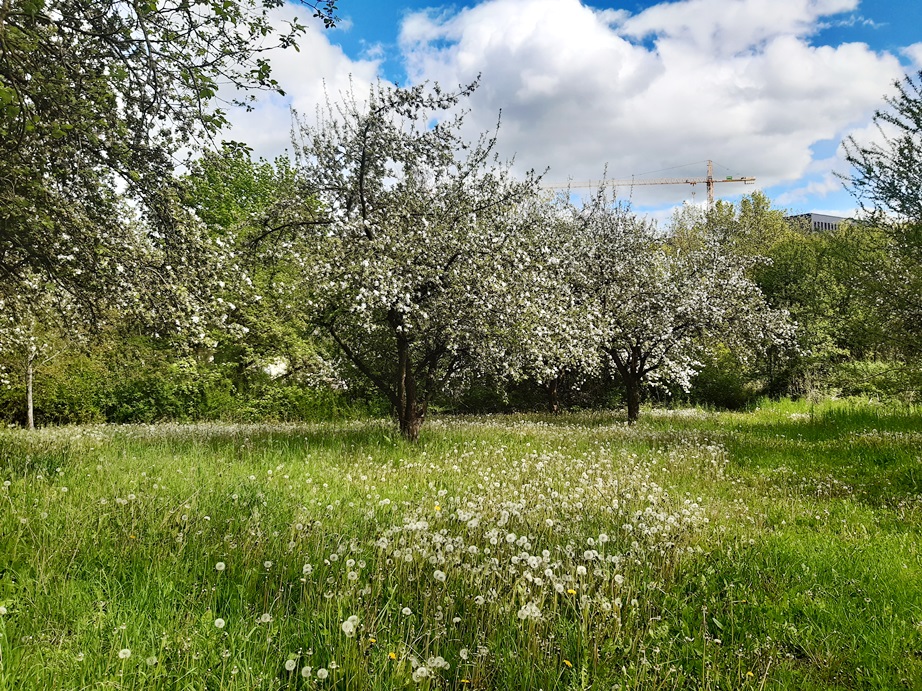
For a good year now, the biotope renaturation on the grounds of the German Primate Center has been running with our support and we are very pleased that the first research work could already take place on site: students from the University of Göttingen investigated the area as part of two projects with regard to the question of how effective local enrichment measures are both for insect abundance and bird communities.
In terms of our work on site, enrichment measures are the installation or establishment of nest boxes, flower strips, rock piles and pond landscapes (as described in this news article). These measures can make a particularly positive contribution to local biodiversity if they are implemented on as many private properties as possible, which then in turn offer retreat opportunities as biodiversity hotspots and also connect different biotopes with each other.
Orchard meadows in particular have great potential, although they are becoming increasingly rare due to more intensive agriculture. In addition, the remaining orchard meadows are often small, privately owned and close to urban agglomerations.
Study 1: Insect abundance in orchards
The orchard meadows in our biotope area thus offered the students an interesting setting for their projects. They compared the abundance and species composition of flower-visiting insects in two orchard meadows. On one of the meadows, a flowering area was sown from May to June 2022, the other meadow with a lawn served as a control area. In July 2022, yellow pan traps and soil traps were set up for a period of one week, which were emptied twice after 48 hours, and three transect inspections were carried out. Moreover, the mean vegetation height and cover, plant species and number of flowers were also recorded.
As a result, no significant differences were found in terms of insect diversity and abundance. However, this was mainly due to the fact that the flower plot could not develop as desired due to the persistent drought in the Göttingen area and therefore had a significantly lower number of flowers and vegetation height than the control plot.
This makes it all the more important for us to continue our work at the biotope site and to enable further research on native insect diversity in the long term.
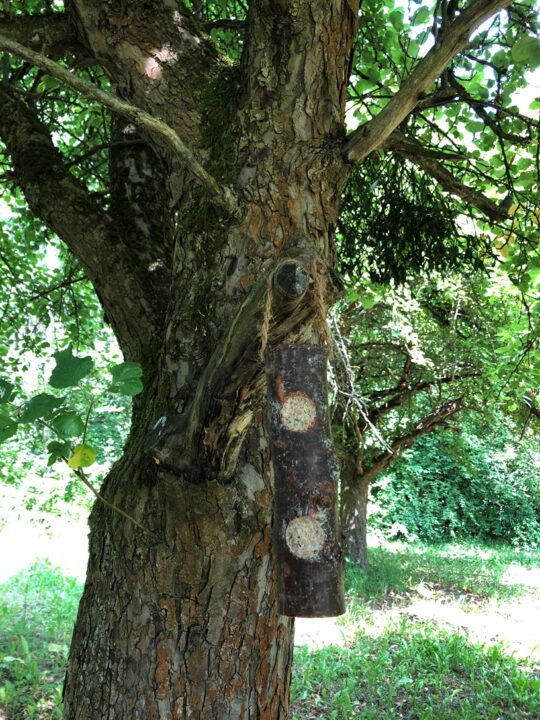
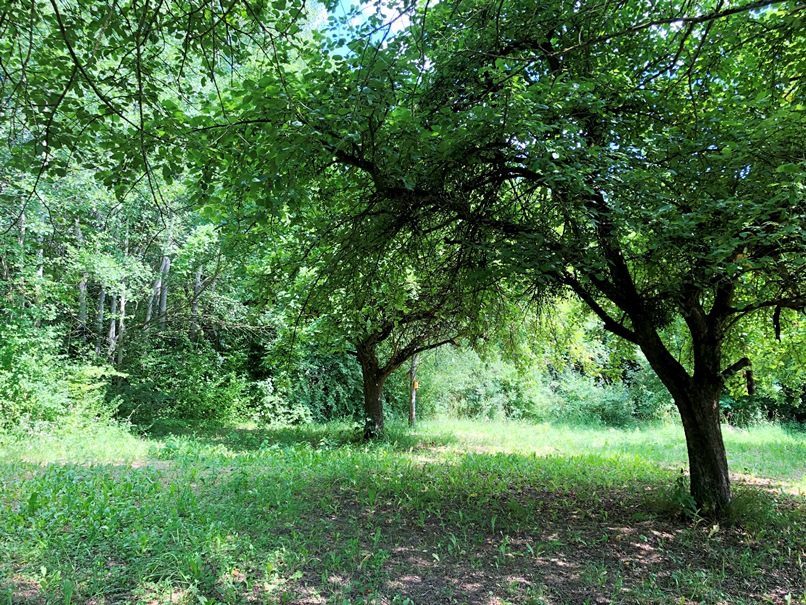
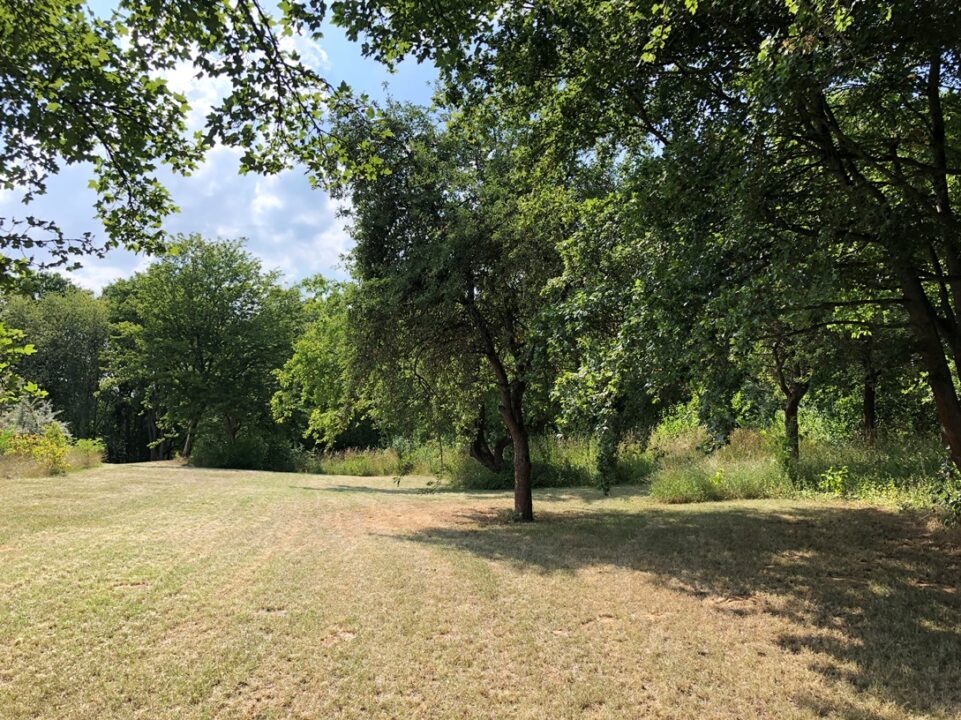
Study 2: Bird communities in the biotope
As part of the second project, the students investigated the bird diversity in the biotope site using two methods: visual observations and passive acoustic monitoring (with sound recordings). In the process, three observers conducted simultaneous 10-minute surveys of birds with point counts and sound recording analyses at three different locations. Finally, the species richness and sampling effort as well as the experience of the observers and the cost-effectiveness of the different methods were evaluated.
Interestingly, the total number of species was higher for point counts than sound recordings, while point counts detected more rare species. Sound recordings also allowed more inexperienced observers to obtain results closer to those of experienced observers. In this respect, sound recorders can be very helpful, especially in smaller conservation projects, as they can be analysed by inexperienced persons and/or algorithms and also allow longer recording periods and repeated listening. The acquisition of appropriate technology is therefore also an important investment in the future when using passive acoustic monitoring in the field of biodiversity research.
These biotope inhabitants discovered the camera at the feeder:
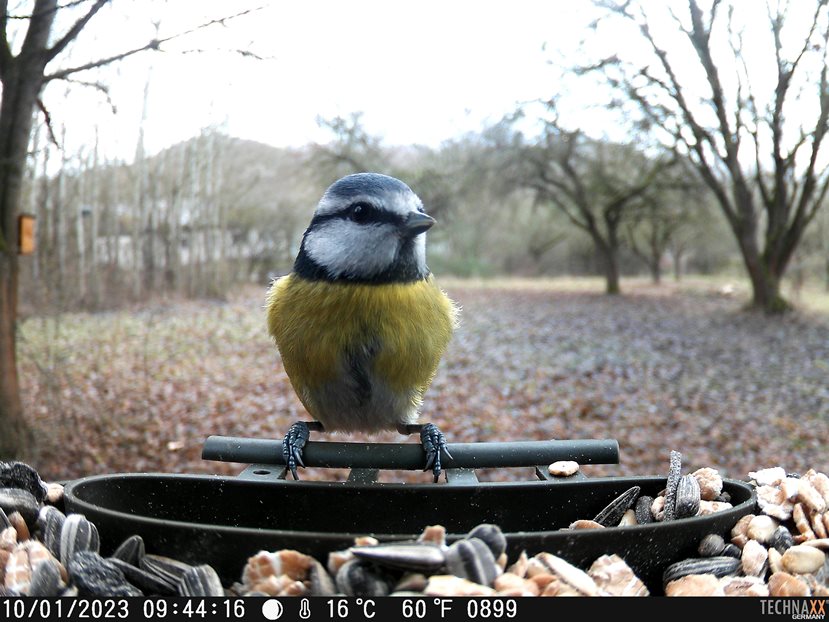
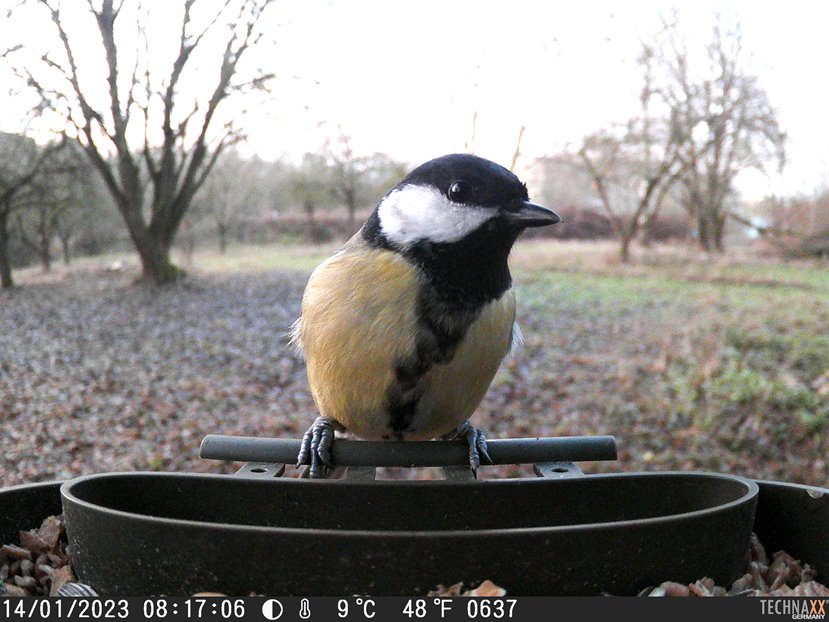
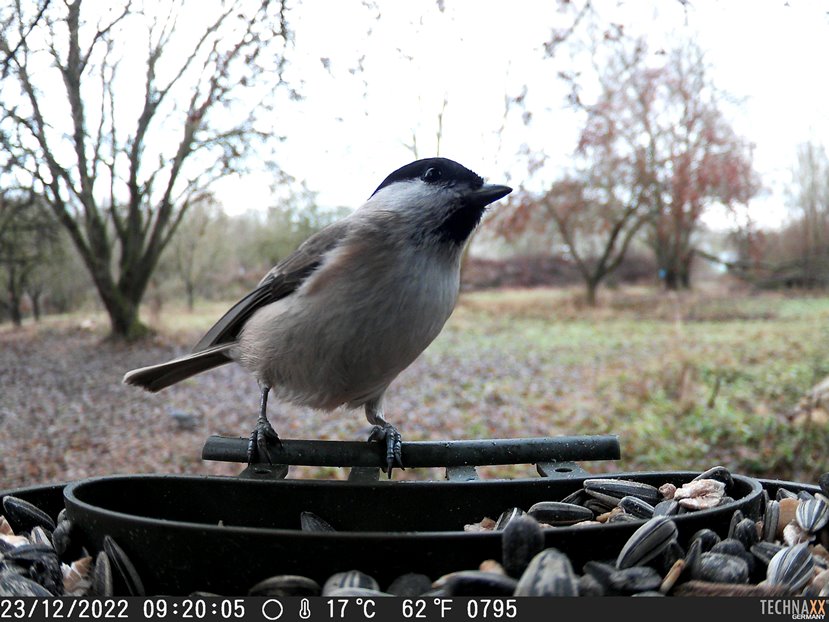

Many thanks to the supporters of the biotope project!
Niedersächsische Bingo-Umweltstiftung
German Primate Center
Sources:
Wetterau, R. und Fritsch, T. (2022): Effectiveness of local enrichment measures for insect abundance and richness.
Bücheler, L.; Liesenfelder, H.; Pfeiffelmann, A. (2022): Measuring bird diversity on a small scale: comparison of sound vs. sight.


